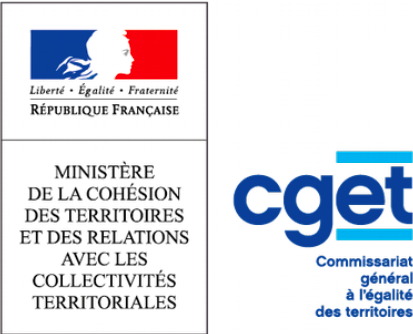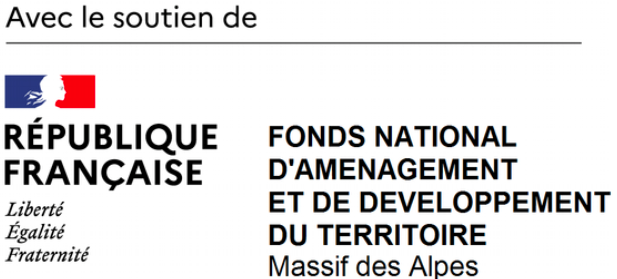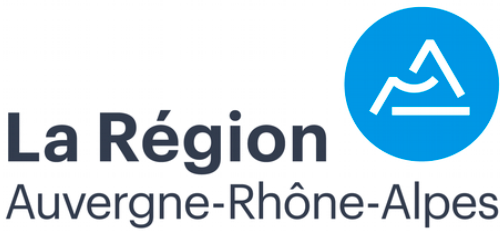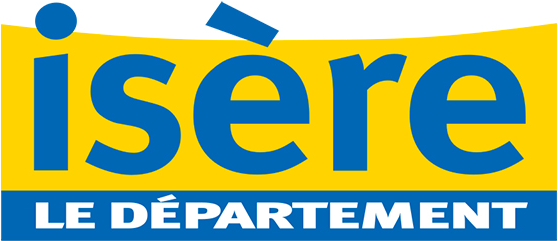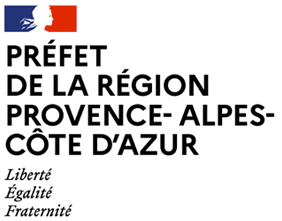Where the Drevenne decided to escape from the Vercors by slashing into the cliff, the road follows along the cut gorges. Floating in the air above the landscape, it watches over the Isère plains extending as far as the eye can see.
A gigantic wall where the road oscillates like an acrobat's tightrope.
This is not a road for people that fear heights. In addition to the magical location, the road's architecture is unique, with the slope copying that of the limestone layers. The builders naturally sculpted the existing lines. The road's roof is like a smooth slab with a right angle giving a geometrical effect. The tunnel left in its natural state offers similar slabs on the ceiling.
Here again, forestry in the Coulmes and the Ecouges was the driver for building the road. It improved the access used by men since Mesolithic times, followed by the Chartreuse monks of Ecouge and Italian charcoal burners. The road was discussed throughout the 19th century to supply wood to the cannon foundry in St Gervais. But it was finally the inhabitants of Rencurel and St Gervais that built it to promote trade with the markets in the plain. It was finished in 1883 by J Serratrice, a Rencurel entrepreneur.




